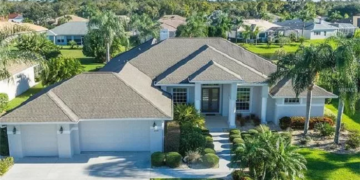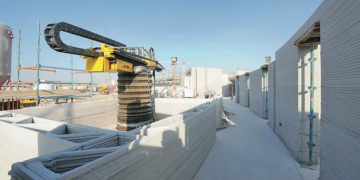Due to the fact that the construction markets are rapidly “enriched” with a variety of modern materials, today the technology of leveling wall surfaces has noticeably diversified. Based on previously conducted studies, it can be safely argued that the most common materials for leveling walls are drywall, wall panels and plaster. So, then we will try to give a detailed characteristic to each of the above materials. Wall alignment with drywall
Drywall is a universal composite material presented in the form of sheets lined with durable cardboard, which is made on the basis of gypsum. Plasterboard sheets are widely used in the decoration, as well as the construction of premises of various purposes. It is worth noting that this material is most consistent with a wooden or metal crate. However, it is not forbidden to use it as an independent element, if, for example, you plan to save space as much as possible. In this case, the sheet is glued to the wall surface using a special gypsum mastic. This practical material will be the excellent base for paint, wallpaper coatings, etc. But we must not forget that before direct finish it makes sense to put it with finish puttying. The walls erected from drywall look extremely attractive and stylish.
Alignment of walls using wall panels
The wall panel is a modern practical material, the main purpose of which is the internal wall cladding. Among the most valuable advantages of this material, excellent heat should be distinguished – and sound insulation indicators, the widest range of color and design solutions, unnecessarily to prepare wall surfaces, etc. P. Wall decorative panels are mounted on in advance organized on the wall, ceiling, a floor frame made of wood or metal. Such panels can beautifully disguise and hide thin pipes and wires.
Alignment of walls using plaster
The main advantage of wall alignment technology using a plaster solution based on gypsum or cement is the lack of space loss. The space practically does not at all contrive because the composition is applied directly to the wall of the wall. However, if you have chosen just such a method, you should arm yourself with some additional accessories and materials – this is a plastered headphone designed to create even external corners and beacons (plastering lighthouse guides) to get the optimal surface thickness. Professionals recommend giving preference to such types of plaster as cement-cement or cement-sand.










